P0141 Code – Heated Oxygen Sensor (Sensor 2, Bank 1) Circuit Malfunction
Code P0141 refers to a specific issue with the Oxygen Sensor Heater Circuit for the downstream oxygen sensor, also known as Sensor 2, on Bank 1 of the engine. The oxygen sensor plays a crucial role in monitoring the exhaust gases’ oxygen content and providing feedback to the engine control module (ECM) for proper air/fuel mixture control.
In modern vehicles with IC engines, oxygen sensors are equipped with a heating element to reach operating temperature quickly. The heater circuit is energized by the ECM through a relay, ensuring the sensor functions effectively during cold starts and reducing emissions. Code P0141 indicates that the ECM has detected a problem with the heater circuit of the downstream oxygen sensor on Bank 1.
Bank 1 in an engine refers to the side that houses the #1 cylinder. In the case of a four-cylinder engine, there is only one bank. The downstream oxygen sensor, also known as the post-catalytic converter sensor, is situated after the catalytic converter in the exhaust system. Its main role is to oversee the catalytic converter’s efficiency and ensure it is functioning effectively to minimize the release of harmful emissions into the environment.
When the ECM detects a malfunction in the oxygen sensor heater circuit, it will trigger code P0141 and illuminate the check engine light on the vehicle’s dashboard. The code could indicate several possible issues: a problem with the wiring or connectors associated with the oxygen sensor heater, a faulty oxygen sensor heater element, or an issue with the ECM’s control of the heater circuit.
Code P0141 Fix Cost
The cost to fix code P0141 can vary depending on several factors, including the make and model of your vehicle, the location of the oxygen sensor, and whether you plan to do the repair yourself or take it to a professional mechanic.
Here’s a breakdown of potential costs:
- Oxygen Sensor: The primary component that is likely causing the P0141 code is the oxygen sensor (Bank 1 Sensor 2), also known as the downstream or post-catalytic converter sensor. The cost of a new oxygen sensor can range from $30 to $100, depending on the brand and quality.
- Labor Costs: If you decide to take your vehicle to a professional mechanic, you’ll need to factor in the labor costs. Labor rates can vary based on the location and the mechanic’s expertise, but you can expect to pay anywhere from $50 to $150 or more for the labor involved in replacing the oxygen sensor.
- Additional Repairs: It’s worth saying that the P0141 code specifically points to an issue with certain thing – the downstream oxygen sensor’s heater circuit. However, in some cases, the problem may not be with the sensor itself but with the wiring or the vehicle’s computer system. If there are other related problems, additional repairs may be required, which can add to the overall cost.
Related DTCs to P0141
There are some codes that likely would have been shown along with the aforementioned code: P0030, P0036, P0050, P0053, P0054, P0056, P0059, P0060, P0135, P0136, P0137, P0138, P0140.
FAQs
How to fix the code P0141 with your own hands?
Fixing code P0141 yourself requires some automotive knowledge and the right tools. Here’s a step-by-step guide to help you address the issue:
1. Safety Requirements:
Always work on your vehicle in a safe and well-ventilated area. Make sure the engine is off and has cooled down before starting any work.
2. Locate the Oxygen Sensor:
The Bank 1 Sensor 2 oxygen sensor is located downstream of the catalytic converter. Underneath your vehicle, find the catalytic converter, and then follow the exhaust pipe until you locate the sensor.
3. Disconnect the Battery:
To prevent any electrical accidents, disconnect the negative terminal of the car battery.
4. Remove the Old Oxygen Sensor:
Use a suitable wrench or socket to carefully loosen and remove the old oxygen sensor. Be cautious not to damage the sensor or its wiring.
5. Install the New Oxygen Sensor:
Take the new oxygen sensor and apply a small amount of anti-seize compound to the threads (if it’s not pre-applied). This helps prevent the sensor from seizing in the exhaust pipe in the future. Carefully thread the new sensor into place by hand to avoid cross-threading. Once hand-tight, use the wrench to snug it up gently.
6. Connect the Wiring:
Reconnect the electrical connector of the new oxygen sensor to the vehicle’s wiring harness. Ensure that the connection is secure and properly seated.
7. Reconnect the Battery:
Reattach the negative terminal of the car battery that you disconnected earlier.
8. Clear the Error Code:
To clear the error code, you have a few options:
a. Drive the vehicle for a short distance (10-20 miles) to see if the Check Engine Light turns off on its own.
b. Use an OBD-II scanner or code reader to clear the code manually.
9. Monitor the Check Engine Light:
After fixing the issue, monitor your vehicle for a few days to see if the Check Engine Light remains off. If the problem has been successfully addressed, the light should stay off.
Note: If you don’t feel confident in your automotive skills, it’s best to consult with a professional mechanic. They can diagnose the problem more accurately and ensure that the new sensor is installed correctly.
Can I continue driving with the P0141 code?
While you can continue to drive with the P0141 code, it’s best not to ignore it for an extended period. The longer you postpone the repair, the higher the risk of decreased fuel efficiency, increased emissions, potential engine damage, and potential problems going undetected. It’s recommended to have the issue diagnosed and repaired by a qualified mechanic at your earliest convenience.
How is the code P0141 serious?
The P0141 code is considered moderately serious. While it’s not an immediate threat to your safety, it can lead to some undesirable consequences if left unaddressed for an extended period.
We do an efforts to find, research and recommend the best products. So, we may receive commissions from purchases that you make after following the links in our product reviews.


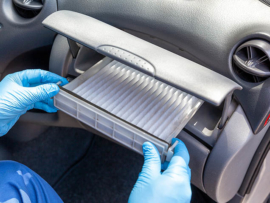
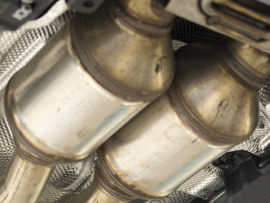
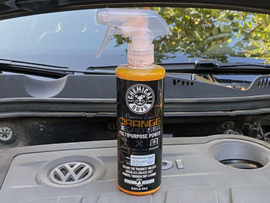

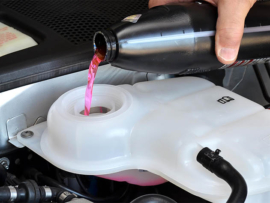
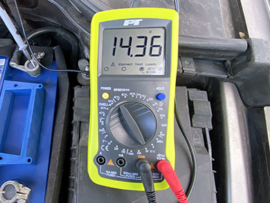
Leave A Comment